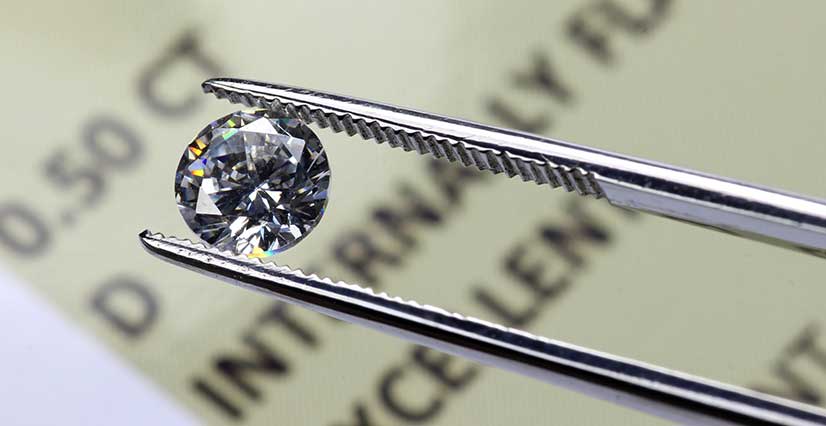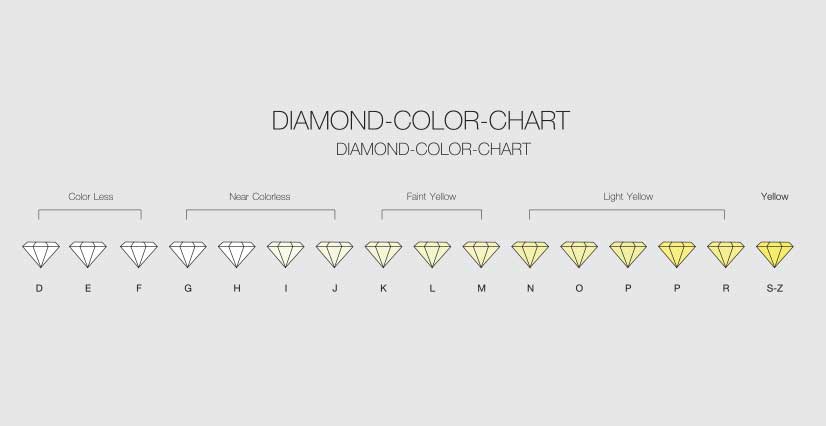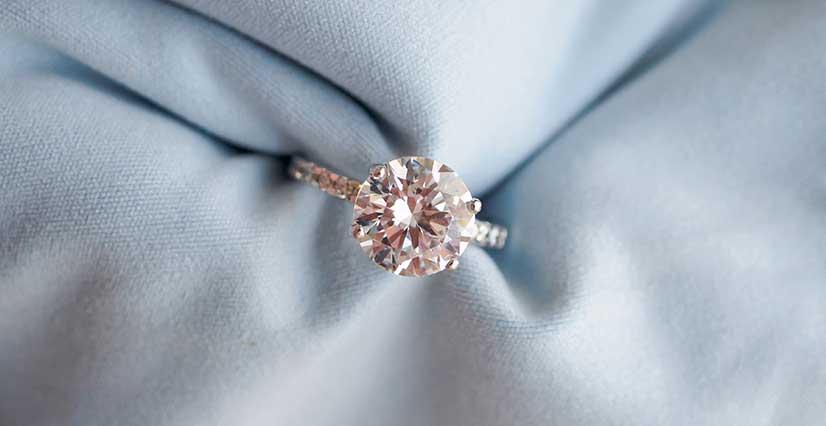April Birthstone | Diamond and it's meaning
There is something sincerely special about Birthstones; they are a sublime example of a gift which holds an overwhelming amount of sentiment with a personal touch. This leader of the gemstone world, the Diamond, has been dedicated to those born in the month of April. 
There are numerous tales of how the love of diamonds first began, although most believe it first started in India. One of the most spiritual and historic countries in the world, Indian inhabitants started to find rough cuttings of diamonds in streams and rivers. The fire and brilliance radiating from these diamonds is how people knew they were not just any ordinary stone. These newly discovered natural treasures soon began to be collected for the rich and Royalty. Indian trade markets soon began to cross Europe with diamonds and other exquisite merchandise. More and more people became interested in this magical stone. Its appearance is scintillating, whilst proving strong and durable. As it travelled across the globe, the name diamond originated from the Greek world “Adamas”, meaning “unbreakable”. By the 1400s, diamonds were becoming fashionable accessories for Europe’s elite. During this early period of diamond trading is when a lot of the healing beliefs first started to blossom. Over the centuries, diamond has been thought to be an antidote to poison and to provide protection against the plague. Some claim that it is a boon for longevity, strength, beauty and happiness.
The birthstone for April is now mined around the world. By the early 2000s, South Africa had been joined by other African nations as major producers of rough diamonds. These include the Democratic Republic of the Congo (previously known as Zaire) and Botswana. The former Soviet Union opened its first major mine in 1960, and Russia is now one of the top producers by both volume and value. Diamond mining expanded dramatically with the opening of the Argyle mine in Australia in 1983 and the discovery of several diamond deposits in northern Canada in the 1990s.
Diamonds are a timeless gemstone. Apart from its unmatched fire and brilliance, it is also extremely practical and highly durable. In-fact, diamond is the hardest natural material on earth. Diamond has the highest hardness and thermal conductivity of any natural material.. Additionally, most diamonds you see are colourless, however coloured diamonds are also possible, such as blue, green and yellow. If we focus briefly on the colourless diamonds, these are the ones you find in most luxury jewellers.
Diamonds are graded in one Category alone just for their colour. The most colourless diamond, without any yellow/brown hues is the most valuable in what is called the cape series. A colourless diamond would be a grade D (highest grade).

Not only is colour important, but so is the cut, clarity and carat weight also. Diamonds are available in various shapes and sizes but most excitingly different cuts too. At Johnson’s we provide all different cuts of diamonds for everyone’s personal taste. From the modern round brilliant cut, classic emerald cuts, majestic oval cuts and many more. The best cut of a diamond for optimal brilliance would be the Round cut for sure.
Please be aware not every diamond is perfect. As diamond is a naturally sourced mineral, imperfections should be expected, this is what we like to call inclusions. It is best not to see inclusions as a defect, as these fascinating remnants of nature’s fingerprints can tell the story and origin of that particular diamond.
The beauty of a diamond is that it is so versatile when you wear it. Its colourless appearance makes it an easy to wear gemstone as it compliments anything you wear… any style. A diamond solitaire ring, pendant and earrings is a simplistic choice to opt for. However, a diamond set piece jewellery can also become a dazzling piece of artwork, when you go bigger and more of them worn together. Diamonds also compliment any other gemstone perfectly such as rubies, sapphires and emeralds. You can trust a diamond to compliment any precious metal you prefer to wear such as yellow, white or rose gold. Although it is recommended, always marry diamonds against a silver coloured metal such as platinum for a brighter, white appearance of the diamonds.
Caring for Your Diamonds

Diamond (10 on the Mohs hardness scale) is usually durable enough to be placed in an ultrasonic cleaner if you have one in your home. However, if a diamond has many inclusions (visible to the naked eye) or has been treated, it is best to clean it with a lint-free cloth, or use warm water, mild soap and a soft toothbrush or a commercial jewellery cleaning solution. At Johnsons we sell an excellent home cleaning kit for your diamonds which is available in store. We highly recommend to have your diamond jewellery periodically cleaned and its setting examined by a professional jeweller to maintain its beauty and integrity over time. This is a service we can help you with here at Johnsons Jewellers.
If you have any further questions regarding diamond or diamond jewellery, or if you would like to make an appointment, please call us on 02476 347 038 or email us on [email protected].



